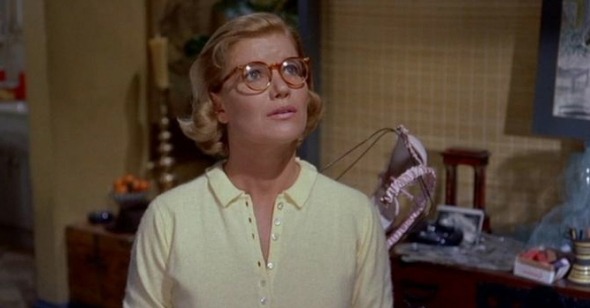The aughts are finally behind us, and Reverse Shot chugs on. We’re kicking off our eighth year in existence with a bang. Or it could be a shriek. Or a sigh. Or a blast of music. Or a word or sentence. Maybe you’re starting to get the picture. Welcome to the third installment of our unofficial symposium series that began with Take One (in which we asked writers to isolate and write about a single shot in a movie and Take Two (for which writers formed an essay around one cut). For Take Three, we invited our staff writers and contributors to focus on one instance of sound design. This ongoing project isn’t simply to take film apart and look at it technically but also to see how those small elements fit into the whole, to see how a film’s construction informs its entire being. It’s a major synecdochic exercise we find both useful and enlightening, and that hopefully our readers find entertaining.
If one shot can contain an entire film in essence, then can a sound? And if the instantaneous break between two images contains shifts in perception that are the exclusive domain of cinema, then what happens when the aural element is added? Since the late twenties, sound has been as essential an ingredient as the shot or the cut in film’s construction, yet more often than not it isn’t discussed in film criticism, with all elements of mise-en-scène making it take a back seat.
For this assignment, writers highlighted an instance of sound from any film they wished—it could be a sound bridge, a line of dialogue, a snatch of music, an off-screen blip, or an on-screen explosion. Our only stipulation was that the essay must start from a relatively brief instance. The responses were diverse, and they ended up covering the bases of film sound, from dialogue to music to sound effects, and thus easily spread across the three main categories agreed upon in film studies courses: on-screen, off-screen, and nondiegetic, or that which does not emanate from the narrative world of the film.
Also, listen up: we figured this was the perfect opportunity to finally do something we have always wanted to do—to create podcasts to accompany our writing. We’re glad we waited: designed and recorded by audio producer Michael Garofalo, of StoryCorps, with assistance by Nadia Reiman, these audio pieces, for which we interviewed a handful of writers about their essays, are dynamic works in their own right. We hope you enjoy them, and we hope they won’t be our last.
